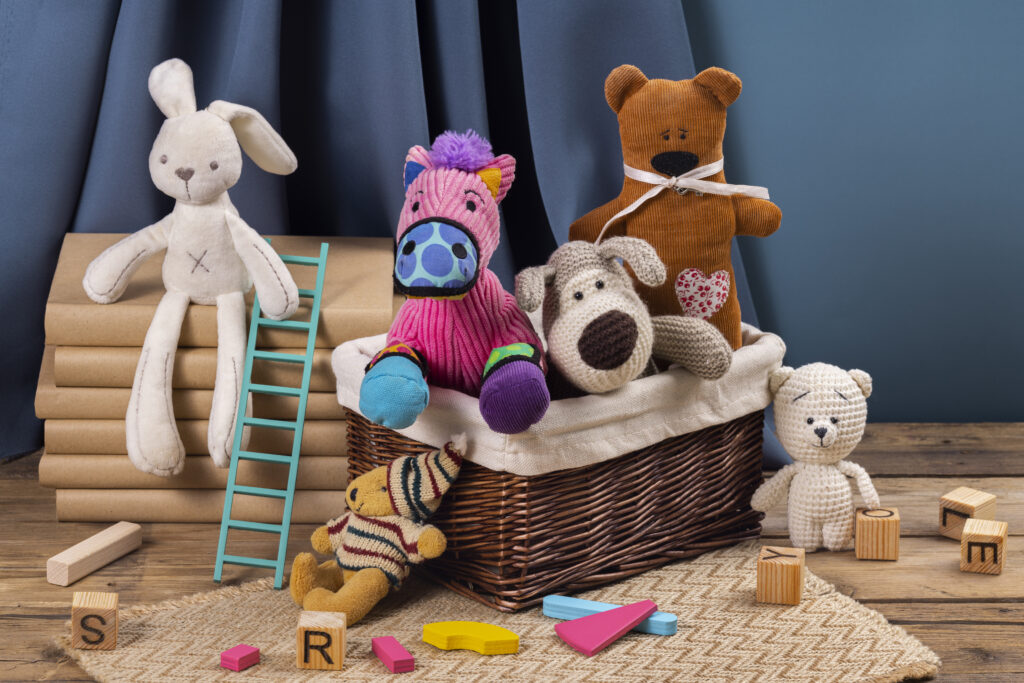Business Planning & Strategy, Financial Models
Toy Store Business: Costs, Revenue Potential & Profitability
A toy store operates in a high-velocity, low-repeat retail segment where profitability depends on inventory rotation, category-level margin control, and seasonal execution discipline. While average transaction sizes are modest, gross margins are strong, and customer intent is high during peak periods. Success depends on tight SKU management, brand assortment strategy, and holiday season monetization.
Asset Configuration
CapEx is moderate, focused on shelving, display units, and thematic branding that drives engagement. A typical toy store ranges from 1,000 to 3,000 sq. ft., requiring thoughtful layout to balance visibility, demo space, and stock capacity.
| Asset Category | Cost Range (USD) | Notes |
|---|---|---|
| Fixtures, Shelving, Display Units | 25,000 to 50,000 | Modular units by age category or brand |
| POS and Inventory Systems | 5,000 to 10,000 | SKU-level control, CRM, loyalty integration |
| Branding, Wall Graphics, Signage | 10,000 to 25,000 | Thematic zones, seasonal updates |
| Storage and Stockroom Equipment | 5,000 to 10,000 | For excess inventory and holiday peaks |
| Opening Inventory | 120,000 to 250,000 | Branded toys, games, seasonal items, impulse buys |
Total CapEx: 165,000 to 345,000 USD, with inventory accounting for the bulk of investment. Space design should support seasonal reshuffling and visual storytelling.
Revenue Model
Revenue is transaction-based, with average basket size ranging from 30 to 60 USD. Core drivers include branded toys, educational games, collectibles, impulse buys, and seasonal exclusives. Q4 typically accounts for 40 to 50 percent of annual sales, making pre-holiday planning critical.
Annual Revenue Potential for a 2,000 sq. ft. Urban Toy Store
| Revenue Stream | Volume Assumption | Annual Revenue (USD) |
|---|---|---|
| Core Toy and Game Sales | 50,000 transactions at 38 USD avg. | 1,900,000 |
| Seasonal and Holiday-Specific Items | 8,000 transactions at 50 USD avg. | 400,000 |
| Educational Toys and Books | 1,500 per week avg. | 78,000 |
| Party Favors, Collectibles, Impulse | 1,200 per week avg. | 62,400 |
| Online Sales and Click-and-Collect | 1,000 per week avg. | 52,000 |
| Total | 2,492,400 |
Top-performing stores with strong seasonal control and digital integration can exceed 3.5 million USD in annual revenue. Under-optimized locations often stall below 1.2 million USD.
Operating Costs
Cost of goods sold varies by category but typically averages 52 to 58 percent of revenue. Labor is moderate, with additional temporary staffing required during peak season. Shrinkage risk and markdown exposure are concentrated in the fourth quarter.
| Cost Category | Annual Cost Range (USD) |
|---|---|
| Cost of Goods Sold | 1,295,000 to 1,445,000 |
| Staff Wages and Payroll | 260,000 to 300,000 |
| Rent, Utilities, Insurance | 180,000 to 220,000 |
| Seasonal Marketing and Promotions | 80,000 to 110,000 |
| Packaging, Gift Wrap, Loyalty Programs | 45,000 to 65,000 |
| Shrinkage, Returns, Markdown Losses | 40,000 to 60,000 |
| POS, CRM, Tech, Admin | 25,000 to 35,000 |
| Total Operating Costs | 1,925,000 to 2,235,000 |
EBITDA = 2,492,400 – 1,925,000 to 2,235,000 = 257,400 to 567,400 USD
EBITDA Margin = 10.3% to 22.8%
Stores that execute peak season operations efficiently and drive accessory attach rates maintain margins close to 20 percent. Retailers reliant on deep discounting or with poor inventory rotation risk falling toward the lower end of the range.
Profitability Strategies
Profitability in toy retail depends on seasonal throughput, SKU yield, and margin capture by category.
Begin with calendar-driven inventory planning. Q4 demand must be forecasted precisely, focusing on the top 20 percent of SKUs that drive 60 percent of revenue. Inventory unsold by January 10 should be cleared aggressively to avoid value erosion. Target inventory turns of 3.5 to 4 times per year, with at least 60 percent of SKUs moving within 90 days.
Control gross margin through strategic category mix. Licensed toys and electronics bring traffic but offer compressed margins of 35 to 40 percent. Educational games, collectibles, and branded accessories can yield 60 to 75 percent gross margin and should be positioned prominently throughout the store.
Use bundling to increase basket size. Offer pre-packaged birthday bundles, school gift sets, and curated holiday boxes. Loyalty systems should trigger automated reminders before customer birthdays or major gifting holidays, reinforcing repeat visits.
Introduce reservation campaigns and early-access promotions for high-demand holiday SKUs. These initiatives smooth demand, reduce in-season staffing pressure, and protect full-price sales.
Lastly, scale down operationally from January through March. Convert floor space to evergreen products with consistent demand (e.g., puzzles, board games), and target school- and party-related sales to stabilize cash flow during the off-season.
So what?
A toy store is not just retail but rather a seasonally driven, inventory-yielding, merchandising system. Profitability depends on timing, mix, and markdown control, not only broad SKU coverage or year-round consistency. Operators who structure around Q4 throughput, maintain inventory agility, and push margin-rich categories can achieve 10 to 23 percent EBITDA margins on 2.5 million USD in annual revenue, with CapEx requirements below 350,000 USD.

Are you considering opening your Toy Store business? Download the comprehensive Toy Store Business Financial Model Template from SHEETS.MARKET to simplify your financial planning. This tool will help you forecast costs, revenue, and potential profits, making securing funding and planning for success for your Toy Store business easier.



